States Aligning to Federal Broadband Access Standards, but Barriers Remain
Cornell University researchers report on how grant programs are closing the infrastructure gap

Americans’ increasing need for high-speed, reliable internet access has sharpened the digital divide between those who have broadband service and those who do not, and it has driven billions of dollars in federal and state investments.
Although state broadband programs have successfully narrowed the divide, questions remain about the effects of state-funded programs, particularly about equity in new connections and funding targets.
Cornell University’s Natassia A. Bravo and Mildred E. Warner, Ph.D., working in partnership with The Pew Charitable Trusts, examined broadband grants across 17 states from 2014 to 2020 to help policymakers understand the impact of state funding and offer lessons for upcoming federally funded programs.
This interview has been edited for clarity and length.
Q: What data did you use for your report?
Warner: States will soon begin receiving the bulk of their funding allocations from the Broadband Equity, Access, and Deployment (BEAD) Program, which was created as part of the federal Infrastructure Investment and Jobs Act of 2021. So we wanted to examine how previous state-level grant programs have fared, with the hope of shedding light on the strategies, policies, and goals that have been used to expand broadband access. To do that, we relied on data that Pew collected on broadband grants across 17 states from 2014 to 2020.
Q: And what did you find?
Bravo: Before we get into the specifics, we can say that what we found provides insights into the specific types of projects, grantees, providers, and technologies that received funding. And we also found selection bias among state grantees, meaning that funding decisions appear to be impacted by demographic, socioeconomic, market, and policy factors unique to each state and local community.
There are also insights on how state broadband programs address the market challenges inherent in bringing broadband to rural, low-density, and low-income areas. We believe there are obvious implications for continued policy development.
Q: OK, so let’s dive into the specifics. One of your findings was that states are using federal dollars to fund smaller providers and improve internet speeds for consumers. What do you mean by that?
Warner: Generally speaking, it means that most of this funding was not distributed to large telecommunications firms; in fact, only 18% of the grants were awarded to providers active in multiple regions. Instead, most state grants funded with federal money went to ISPs (internet service providers) that were active in only one local region; 74% of the participating providers were local, including telephone and cable companies, cooperatives, municipalities, and wireless ISPs. We also found that states were encouraging public-private partnerships, with some states requiring that local governments partner with private providers to build, operate, and maintain broadband networks. For policymakers and advocates wanting to expand the market of potential ISPs available to consumers, we would take this an encouraging sign.
Q: And what kind of projects are those ISPs getting the grants for?
Warner: Our results also suggest states are leveraging their grants to bring these improvements to their communities. We found that 57% of the funded projects were used to deliver fiber optic infrastructure to local communities, while only 12% of the funding was given to digital subscriber lines (DSL)—a two-wire copper telephone line that allows users to connect to the internet—and cable infrastructure projects and fewer than 1% for satellite.
And remember, our data predates the COVID-19 pandemic, which highlighted the digital divide because people suddenly needed high-speed internet to work, study, and get health care from home. That in turn accelerated broadband grant funding and increased policymakers’ focus on the need for higher speeds. So, seeing that the emphasis was on fiber deployment even before that all happened is an especially encouraging sign for localities seeking a durable, long-term broadband solution going forward.
Q: How so? What’s the difference to the consumer between fiber optic infrastructure, on one hand, and DSL, cable, or satellite on the other?
Bravo: No other technology can match the internet speeds you get with fiber, and it’s more future-proof than other technologies because it can be continually and comparatively easily upgraded.
Q: When you say that most of the money went to local ISPs, does that mean it went to local governments, not-for-profit entities, or other nontraditional providers?
Warner: Not at all. Most funds went to traditional telephone, cable, or wireless firms. Only 8% of the grant recipients were electric cooperatives, and an even smaller share (3%) were municipalities. So while state grants are making the economics of broadband work in underserved areas, local ISPs were the primary beneficiaries.
Q: Does that create any problems?
Bravo: That depends on your perspective. If you would prefer that municipalities move away from traditional ISPs and toward owning their own networks or that local cooperatives take a bigger role, then this finding would be troubling. But some localities may not have the resources to create and maintain their own networks, which might be what we are seeing.
Q: Your work also touches on the role of middle-mile infrastructure investments. Can you expand on that?
Warner: Middle-mile infrastructure—the part of a broadband network that connects local ISPs and their customers to the large fiber optic pipes, often buried deep underground and crossing state and national boundaries, that are the internet’s main data routes—was also overlooked in states’ grant funding, though this may be due to limitations on how program funds were allowed to be used. We found that only 12% of funded projects included middle-mile projects, although these projects typically received more in dollar terms than projects that did not include middle-mile buildouts. Most middle-mile projects occurred in metro and relatively remote rural areas, suggesting that states are using this funding to provide the infrastructure ISPs need to affordably bring connectivity to consumers.
Q: What is your sense of how states are addressing the low levels of connectivity in rural areas? Did you see any trends emerge here?
Bravo: We did find some encouraging trends. Overall, the states we looked at have funded low-density metro and nonmetro counties at a higher rate than dense urban areas. And counties in our dataset that were funded at least once had lower population density than others, suggesting that rural areas were targeted for funding. Additionally, nonmetro counties with low rates of customer enrollment, also called “adoption rates,” received more grants than counties with higher adoption rates. Boosting adoption as well as availability is essential to making the economics of rural broadband work.
Q: What roadblocks did you see for local communities pursuing state grant funding?
Warner: We found a problematic trend in the counties that were awarded funding: They tended to have higher education rates, lower poverty rates, and a lower minority population than counties that didn’t receive funding, suggesting that local grant writing capacity issues could impact which counties receive state funding.
And some states created additional roadblocks with the design of these grants, especially in terms of the required local funding match rate, which is the share of a state grant that the recipient locality has to match with its own dollars. Although the average match rate nationally was 34%, rates ranged significantly, from zero to 85%. Obviously, a higher required match could become a barrier for communities with fewer resources and less capacity.
Q: What about surprises: Did you find any in your research?
Bravo: One was related to municipal broadband restrictions. We had anticipated that restrictive local laws would hinder broadband deployment and funding, because they limit which providers can apply for grants. But we were surprised to find no significant relationship between these restrictions and funding received by metro counties. And even more surprising was that the laws were positively associated with the number of grants received in rural areas. This could be a case of smaller municipalities working with private ISPs to expand access and relying on state dollars to attract that private investment—something we shouldn’t overlook in otherwise noncompetitive rural markets. However, we need more research on that front.
Q: What lessons can states learn here as they begin implementing the BEAD program in 2024?
Warner: One, we believe that several states are well positioned to take advantage of the higher network speeds called for in the BEAD program. Many of the states in our dataset are already meeting these and other federal requirements, such as for service reliability and affordability. And the high deployment of fiber should further support these initiatives. But for the states that are not meeting federal standards, BEAD’s implementation could spur them to increase the service standards they require of grant recipients.
States could also take the initiative right now and revisit local broadband restrictions. As we said earlier, only a fraction of the funding in our dataset went to nontraditional providers. The pressure from the National Telecommunications and Information Administration, which administers BEAD, could shift how states choose which ISPs to partner with and make it easier for local cooperatives and municipalities to receive grant funding.
Additionally, BEAD includes the potential for areas where the cost of deploying broadband infrastructure is much higher than normal to receive a waiver from the match requirements, which could help these high-cost counties that have previously struggled to obtain funding.
Q: Any final thoughts?
Warner: Overall, our analysis suggests that our country needs a broader approach to broadband access and digital equity, which we hope BEAD can work toward addressing. The COVID-19 pandemic highlighted ongoing socioeconomic disparities in broadband access and adoption. And our findings suggest that factors such as educational attainment, poverty, and race remain critical components of the digital divide. And elements of state-level policy appear to compound rather than alleviate these disparities. As BEAD rolls out, state offices must continue addressing these barriers to ensure that funding reaches the communities that are most in need.


America’s Overdose Crisis
Sign up for our five-email course explaining the overdose crisis in America, the state of treatment access, and ways to improve care
Sign up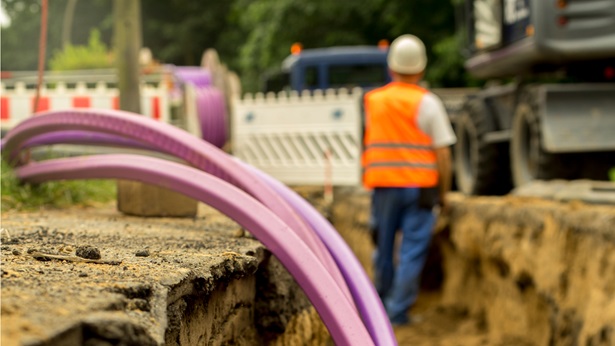
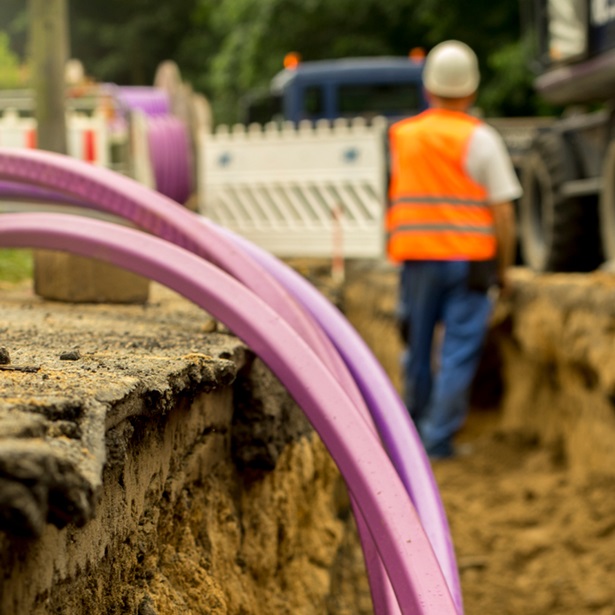
State Broadband Access Policy
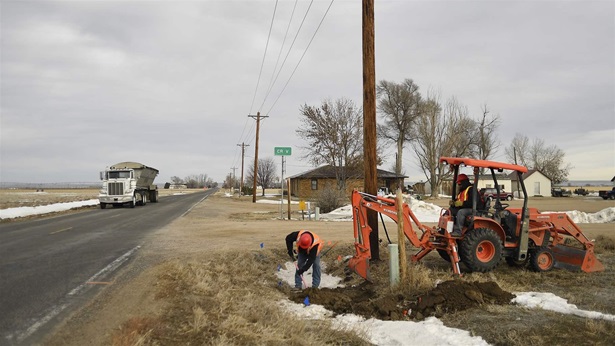
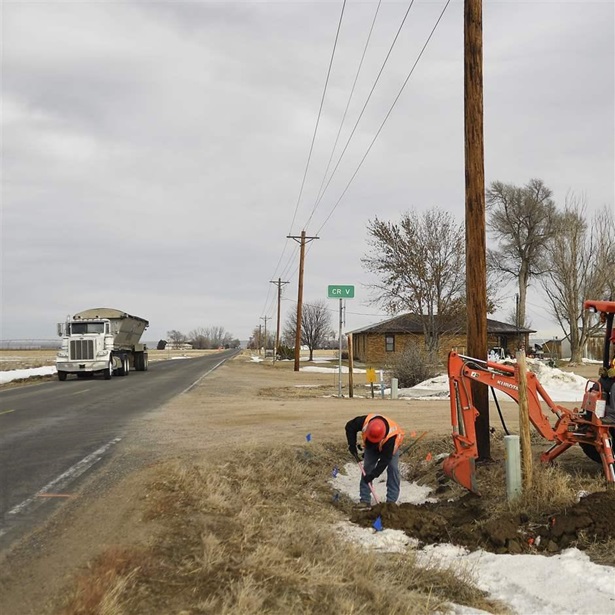
States Considering Options to Bring Broadband to Rural America
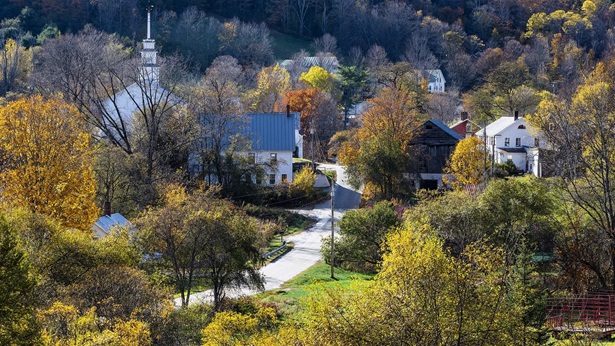

Regional Utility Districts Bring Broadband to Rural Vermont














